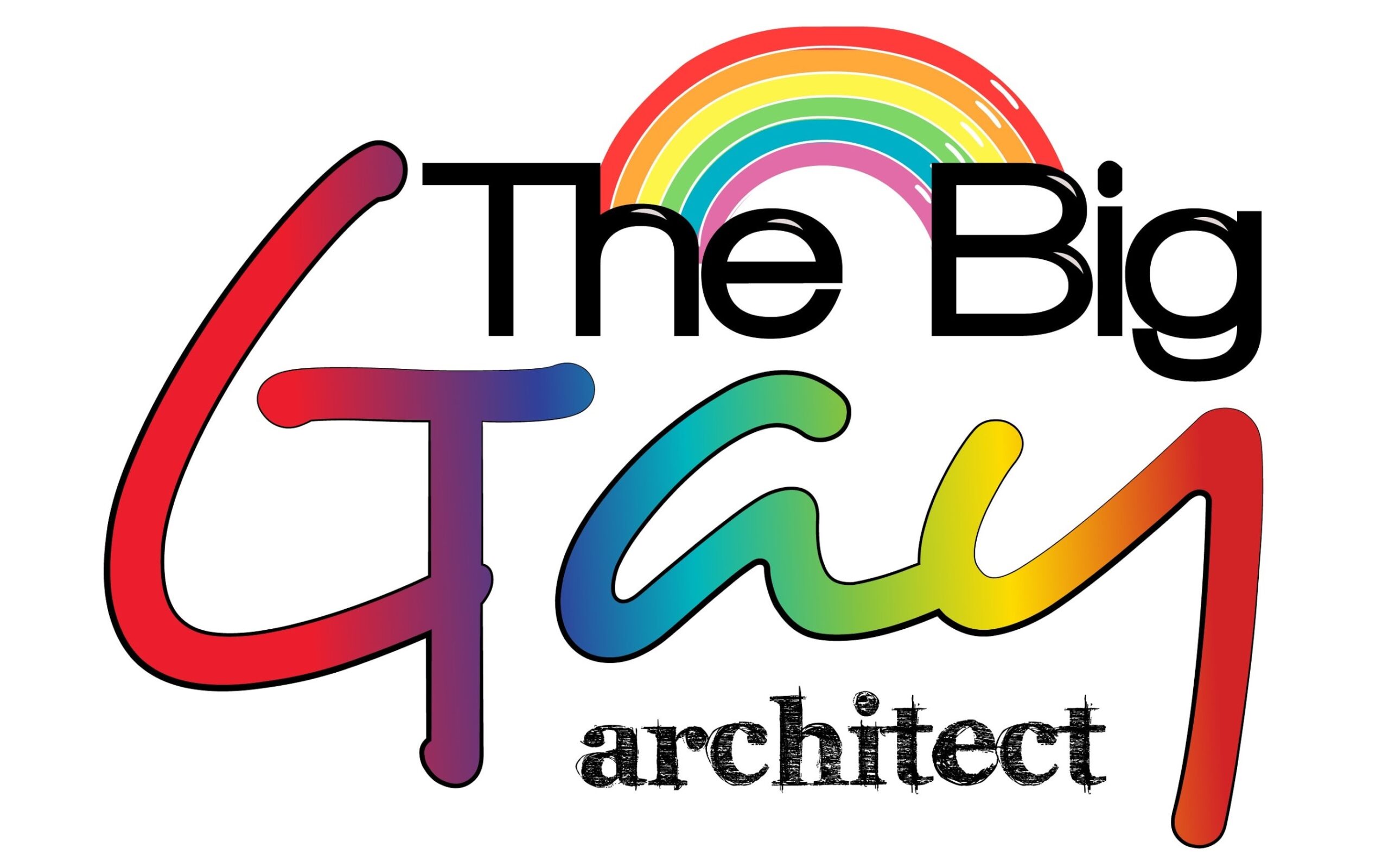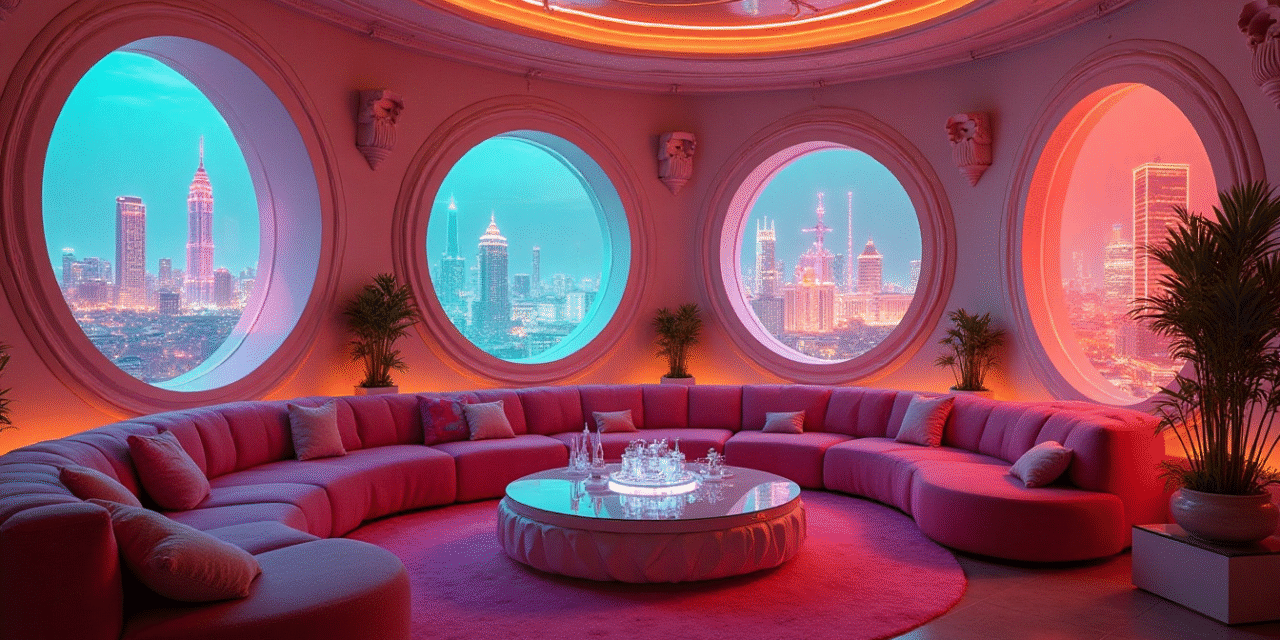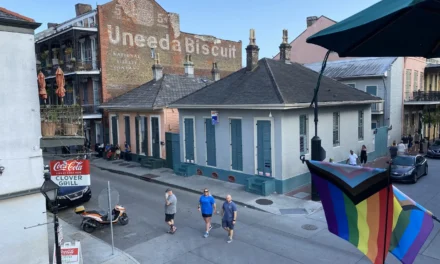History has taught the queer community that physical spaces aren’t always safe. Queer bars in decades past were often subject to police raids and harassment—something P Town Bar patrons probably weren’t thinking about when Pittsburgh police raided the bar at the beginning of this month. I’ve also written about visiting Key West following the Club Q shooting and looking for exits, just in case.
Because until Pulse and Club Q, I had never thought of a bar as being unsafe. For so long, they have been the spaces where we were protected. Where we could be ourselves and not code-switch. Where we could let our freak flags fly and be damned to anyone who didn’t like it. We built these spaces to protect the marginalized voices that made up our community. The bars—and neighborhoods—were the places we could be ourselves.
However, in the last few years, those spaces have expanded past the physical and into the virtual. And the extension of space has been so gradual, I don’t know if we’ve really noticed. Remember when you had your first Zoom meeting? In person was risking your life, but we could all log in, see one another, stay connected, and do business. Now all of that is second nature. My friend Bill just did a Teams meeting for his wedding ceremony.
Of course, for queer architects, when discussing building any space, our minds immediately jump to the physical. Hard not to when your life and career revolve around the built environment. Yet even for us, our community has been shifting from the physical to the virtual—and I don’t know if we’ve realized that.
At the 2019 AIA National Conference, a friend from Chicago was telling me about his chapter creating a queer architect alliance with the idea to bring together queer architects across Chicago. This would be the first of its kind, and the cynic in me expected that to fall apart quickly. Oops! We now have eight Alliances spread across various chapters, with me eating a bit of crow along the way.
But none of the Alliances are truly physical. Our chapters provide support for us. We host events in person and virtually. Yet we have managed to create a space for ourselves without having to actually build anything—a bit of a foreign concept to the architect side of us.
Not that having physical spaces where you can be with others in your community should be discounted. Bars, neighborhoods, and community centers can provide a sense of family, a sense of safety, and a sense of purpose. However, virtual communities add a layer to that, particularly if you are a young queer person living in a smaller community where being in that safe space is not possible.
For queer architects within the various Alliances (rebel alliances?), we have a community where we don’t have to be in a built space to be connected. Where we aren’t limited in understanding what’s happening in other communities. We even came together to create programming for the 2024 AIA conference without being in the same room.
And given the last few months, having a virtual connection may be more beneficial than any of us imagined—whether that’s architects or the queer community in general. Advocacy is often about lifting up marginalized voices, and whether we realize it or not, we’ve been creating the virtual communities that can make that happen.





